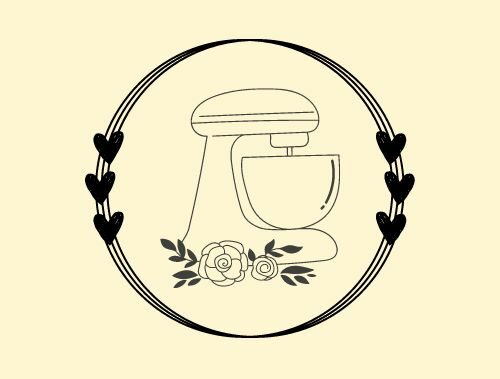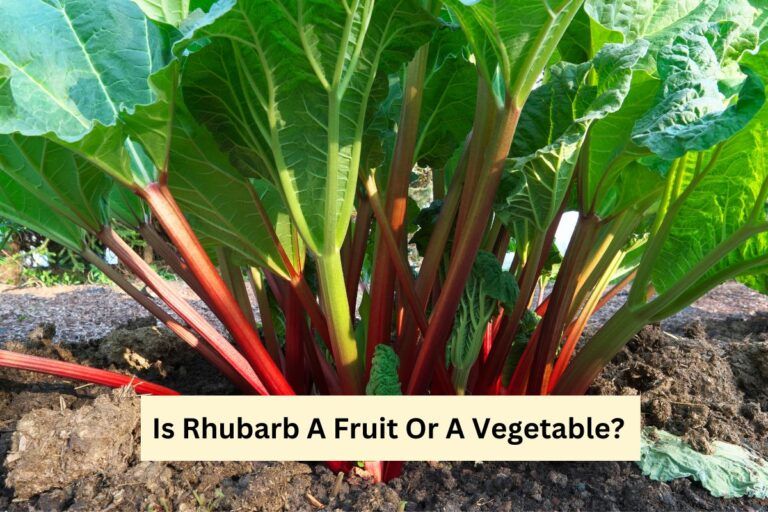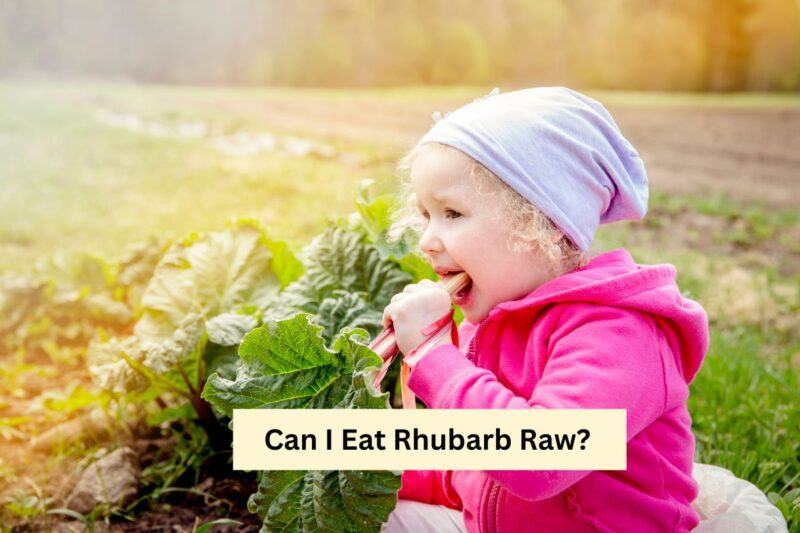You might wonder, is rhubarb a fruit or a vegetable? According to plant experts, rhubarb is a vegetable because it comes from the stalks of the Rheum plant, making it a stem vegetable like celery.
However, things get interesting in the kitchen. Many people think of rhubarb as a fruit because it’s used in desserts, similar to apples or berries. In fact, in the United States, a court decision even classified rhubarb as a fruit for tax reasons.
Why does it matter if rhubarb is called a fruit or a vegetable? Well, these labels can affect how you cook and think about your food, especially if you have dietary needs or want to know more about what you’re eating.
Understanding Rhubarb’s Botanical Identity

Let’s take a closer look into why rhubarb is considered a vegetable from a scientific point of view. Rhubarb belongs to the Rheum genus within the Polygonaceae family. What makes something a vegetable in science depends on which part of the plant you eat.
Usually, fruits are parts of plants that come from flowers and hold seeds. But with rhubarb, you eat the stalks, not the parts that would form fruits. These stalks are actually called petioles, which are the stems that attach leaves to the root.
Though rhubarb does flower and produce seeds, those aren’t the parts that we usually eat. This is what sets rhubarb apart from typical fruits.
So, by looking at its structure, rhubarb clearly fits as a vegetable. It’s known for its bright red color and sharp taste. Now that you know rhubarb’s real botanical identity, you can understand why there’s some confusion in the kitchen about whether to call it a fruit or a vegetable. This might make you see why people debate its classification when cooking.
Culinary Uses of Rhubarb: The Kitchen Perspective

In the kitchen, rhubarb has a different role. Chefs and home cooks use it like a fruit, making the most of its tart flavor in desserts and sweet dishes.
You’ll often see rhubarb in pies, where it’s usually paired with strawberries to mix tart and sweet tastes. This popular combination has even given rhubarb the nickname “pie plant.”
But rhubarb isn’t just for pies. It’s also great in crumbles, jams, and compotes. Sometimes, it’s cooked down into sauces that go well with savory meals, showing how it can fit into both fruit and vegetable roles.
🌿 Rhubarb Varieties 🌿 |
||
|---|---|---|
| Variety | Stalk Color | Best Culinary Uses |
| Victoria | Greenish-Red | Pies, Jams |
| Crimson Red | Bright Red | Desserts, Sauces |
| Green | Light Green | Pickling, Savory Dishes |
| Brought to You by “wearebaking.com” | ||
Even though it’s often used like a fruit in cooking, this doesn’t end the debate about what it really is. Rhubarb stands out because its sour taste works well in many different dishes, breaking the usual limits of being labeled just a fruit or a vegetable.
The main thing to remember isn’t about whether rhubarb is a fruit or a vegetable but how its unique taste makes our favorite dishes even better.
Frequently Asked Questions
Rhubarb can be a bit confusing because of its unique nature. Let’s answer some common questions to help you understand this plant better.
Is rhubarb good for my health?
Yes, it is. Rhubarb is low in calories but high in fiber, which is great for your digestive health. It also has vitamins K and C and other nutrients that help keep your bones strong and your immune system healthy.
How can I tell if rhubarb is ripe and ready to use?
Look for rhubarb with firm, crisp stalks and a deep red color, although some rhubarb can be green. Be sure to avoid the leaves, as they contain toxic oxalic acid.
Can I grow rhubarb at home?
You sure can. Rhubarb is a sturdy perennial that can grow in many different climates. Make sure it gets plenty of sunlight and is planted in well-drained soil. It usually takes about two years for a rhubarb plant to fully mature.
What’s the best way to store rhubarb?
To keep rhubarb fresh, wrap the stalks in a damp towel and put them in the crisper drawer of your fridge. This will keep them fresh for up to two weeks. If you need to store rhubarb for longer, you can also freeze it.
with firm, crisp stalks and a deep red color, although some rhubarb can be green. Be sure to avoid the leaves, as they contain toxic oxalic acid
Final Thoughts

Rhubarb fits into two categories: as a vegetable in science and more like a fruit in cooking. It’s clear that labeling rhubarb isn’t straightforward—it can be both, depending on the situation. In the plant world, rhubarb is a vegetable because it grows from the ground. But in your kitchen, it often acts like a fruit, joining strawberries in pies and jams.
The plant world doesn’t always fit neatly into the boxes we make. Rhubarb’s ability to switch between savory and sweet dishes makes it especially interesting in cooking. I hope this look at rhubarb’s dual nature helps you appreciate it more, whether you use it in a tasty dessert or a rich savory meal.
Remember, the way we classify food can be more about tradition and habit than strict scientific rules. Whether you stew it, bake it into a pie, or pickle it, your choice is what really decides how rhubarb fits into your meals.
How do you like to use rhubarb? Please leave me a comment below.
And As Always
Keep On Baking!
Taianne
Share the Love
Latest Posts

I’m Taianne, the owner and operator behind We Are Baking. Baking my first cake at age 11 hooked me on creating sweet treats. Though my interest faded during childhood, it was rekindled when I married my apple pie-loving husband. I love trying new recipes, tweaking classics, and helping others learn the science and art of baking. I started We Are Baking to share tips, tricks, and favorite recipes I’ve discovered over the years. When not in the kitchen, I enjoy spending time with family and friends. My goal is to inspire others to embrace their creativity through baking. Feel free to contact me with any questions!
Taianne@wearebaking.com







